1. San Diego, CA

San Diego charms with beach-side living and affordable neighborhoods if you’re flexible—think Chula Vista or El Cajon share houses. But fish tacos by the pier, craft brews, and outdoor brunches under palm fronds all come with “California prices.” Once you factor in churros, street food, and surf-adjacent cafés, even a chill afternoon explodes your meal plan. Yes, rent can be decent if you’re inland; but your love for fish-centric, sunny eating pushes your cost of living skyward.
And while produce feels vibrant, it’s priced accordingly—avocado season won’t save you here. “Affordable” tacos are still tacos with ocean view pricing. Your epic beach day might be budget-friendly, but your post-surf poke bowl won’t be.
2. Miami, FL
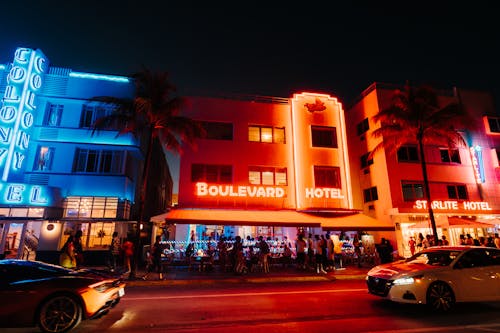
In Miami, “affordable” means looking inland or at roommate-packed apartments away from the beach vibes. But seafood, Cuban-fusion cafés, and Latin-inspired dining keep food prices high, especially in trend-heavy neighborhoods like Wynwood or Brickell. You can squeeze into a modest, shared apartment, but your frequent cafecito, arroz con pollo, or stone-oven pizza starts draining your wallet. So yes, rent may seem manageable if you’re flexible—but eating in Miami’s energetic scene doesn’t come cheap.
Even local bakeries and pastelitos hover at $2–3 each, which seems small—until you’re down four before breakfast. Grocery prices in South Florida outpace national averages, especially imported Latin ingredients. Affordable housing just doesn’t guarantee affordable cuisine.
3. Seattle, WA
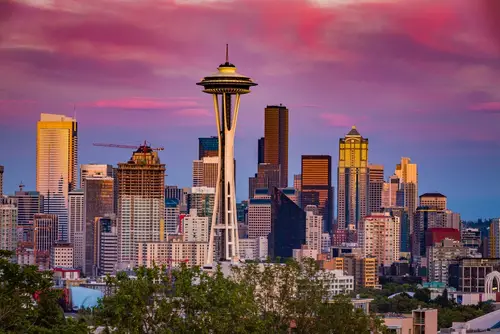
In Seattle, they’ll sell you on the idea of affordable living if you’re fine living further from downtown, near light rail lines or bus termini. But when it’s time to eat, especially seafood or trendy grain bowls with kale and smoked tofu, your budget might keel over. Average meal prices hover well above national norms, and everyone seems to want their quinoa bowl with a specialty latte. People will say “just buy groceries,” but groceries in Seattle tend to match those out-of-town café prices anyway.
Rain-dodging between your apartment and Google-adjacent cafés won’t mask the sneaky price increase in every bowl of pho or ramen. Even midweek happy hours with “affordable” small plates can still empty $30–40 from your pocket before a handshake’s over. And the indulgent fish-forward Pacific Northwest cuisine—with Dungeness crab, oysters, salmon—can make a foodie feel both rich and poor in the same bite. The resale value of designer toast is high, but so is the damage to your wallet.
4. Boulder, CO
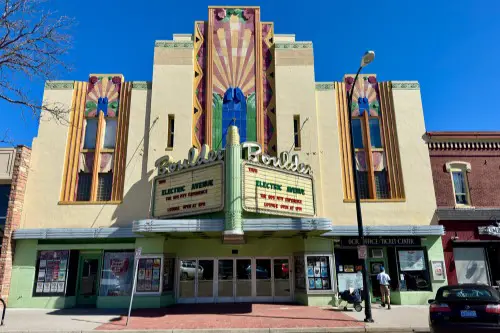
Boulder often lands on “best places to live” lists, with affordable-ish rent if you’re outside the Flatirons view or in a house-share. But the city’s love for organic, locally sourced everything—especially at breakfast and brunch joints—means you’re often paying a premium for your eggs. Even basic café fare like avocado toast or brunch tacos mars your “affordable” budget instantly. So yes, you can find a roommate, bike to work, and enjoy festivals—but eating becomes a luxury.
The farmers’ markets here are renowned—great produce, sure—but the price tags match that reputation. Fresh-pressed juices approach double digits, and anything with “artisan” craftsmanship adds both flavor and cost. Your garage-sale thrift-store wardrobe will stretch your clothing budget, but your post-hike breakfast burrito might need its own credit card.
5. Denver, CO
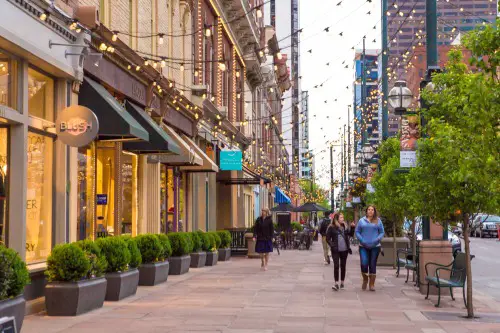
Denver’s affordability claim hinges on newer neighborhoods or suburbs beyond the city center with more rental stock. But food scene explosion has meant pricey brunches, craft-heavy bars, and Instagram-worthy cookies jack prices skyward. A slice of gourmet pizza is more than just pizza—it’s a conversation starter and a budget buster. You can save on rent when you share a place or live in RiNo or Five Points, but be wary when your “cheap” grocery haul veers into $60 territory.
Casual dining spots, once modest, now come with “locally fermented kombucha” and “heritage breed pork”—and with those come a premium. Even your taco Tuesday outing starts creeping into high-end territory, especially with sides and salsas on the side (literally). Yes, city-periphery housing is manageable—but your appetite might need a second roommate.
6. Portland, OR

Portland sells itself as affordable if you embrace micro-apartments, co-ops, or live far out in Beaverton or Gresham. But the sticky bareness of your budget shows when you account for the city’s love of artisanal coffee, food trucks, and microbrew blooms. Your avocado-and-feta-filled toast won’t comfort your bank account much. The promise of “affordable hip living” often fades when your hangover recovery involves designer doughnuts.
Food trucks may be cheery and creative, but each gourmet sandwich or taco ballooning at $9–12 means eating repeatedly becomes a splurge. Add in that grocers tend to stock local and speciality goods—and skip the industrial bulk bins—and your shopping cart loads up faster than your fridge empties. You might manage rent with co-living in a converted craftsman, but your plate will end up calling the shots.
7. Los Angeles, CA
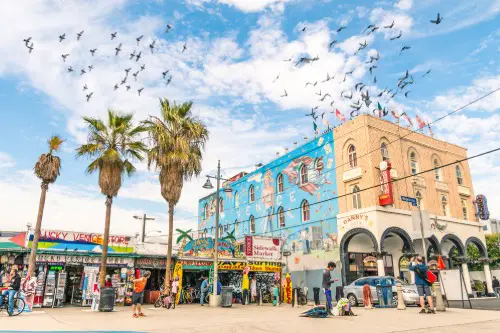
Here, the affordability whisper is about living far east in the Valley or long commute to the coast, with cheaper rent but you’re not eating cheap. LA’s food culture is robust and diverse, and that means competition but also price hikes—trendy hot-chicken sandwiches or plant-based bowls often cost as much as a full meal back east. Thrifty might just mean you’re limited not by the city, but by your willingness to microwave ramen. You can save on rent if you live with friends or go to mid-city fringes, but your appetite for tacos al pastor might cost more than your Uber ride home.
Vegan or fusion, burritos or sushi, you can find anything—and pay top dollar for it. Farmers’ markets are gorgeous but pricier than midwestern chains. Even those iconic egg-and-cheese breakfast sandwiches that make your morning feel epic will nibble at your budget. LA’s dream is affordable co-living; reality is you’ll need serious willpower to pass on pupusas.
8. New York, NY
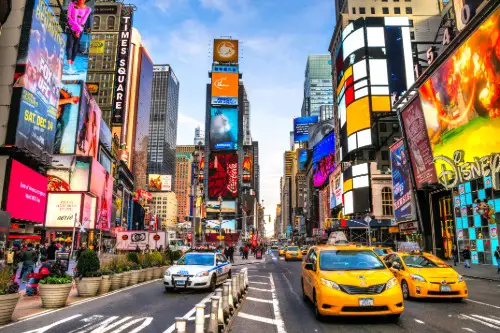
There’s a certain charm in how New York talks about “affordability,” like rent-stabilized apartments or cheap transportation passes. But outside of groceries or the occasional deli sandwich, daily meals add up fast—pulling out your wallet downtown can feel like giving your money a one-way first-class ticket out. Unless you’re subsisting on the corner dollar-slice (and even those are creeping above $3 now), eating in NYC years ago wasn’t this pressure cooker. So while housing might be manageable in places like the Bronx or shared units in Queens, your dinner bill will remind you who’s boss.
Still, Midtown lunchtime deals might lure you into thinking you’re getting a bargain—until you remember tipping, tax, and that “side” of fries is extra. Even local favorites like bagels with schmear can approach the price of a sit-down meal elsewhere, especially if you indulge in a coffee or specialty topping. And much as tourists wax poetic about street-food carts, those halal platters and dumpling stands are often $8–12 each and, well, often the only meal you’ll get that day. So, you can “afford” the city—but your stomach might not be reassured.
9. San Francisco, CA
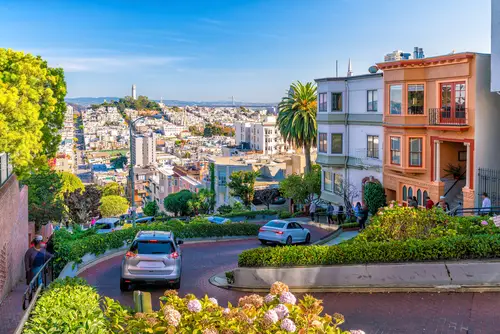
There’s a local myth that San Francisco is “sort of affordable” if you live in the Mission or a shared flat in the Sunset District. But bearing in mind food prices here are higher than the national average—breakfast burritos easily hit $10–12—you basically have to survive on air. You save by getting a roommate, biking instead of driving, and avoiding pricey amenities—but when it’s dinner time, your budget starts to shudder. Sailor’s best advice: skip the avocado toast if you want to pretend this town won’t bankrupt you.
Even a simple cup of coffee in the neighborhood café can cost north of $5. Add in a lunch out, and suddenly you’re spending what you might at a trendier joint back east. Farmers’ market fresh produce is stunningly expensive, so cooking at home isn’t always the “fix” it appears—though still cheaper than takeout. In short, yes, you can patch together affordable living—checked bags and all—but your plate will know the truth.
10. Boston, MA
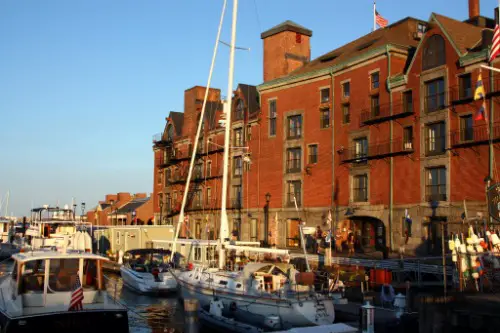
Boston’s affordability scripts pivot on living outside the city core—in places like Quincy, Revere, or shared spaces—and riding MBTA into the center. But even a classic lobster roll or steamy chowder in the North End can blow your daily budget. Coffee culture here is downright serious—and expensive. You might save by living with roommates or down near Assembly Row, but eating even modestly well downtown doesn’t let your wallet exhale.
Grocery stores in the area skew expensive, especially in neighborhoods short on competition. Farmers’ markets have stellar produce—yet still might cost more than big-box chains. A single bite of clam chowder can taste like New England tradition… and budget betrayal.
11. Washington, D.C.

D.C. offers affordable living if you’re in suburbs like College Park or share a room near the red line. But its dining scene—filled with power-lunch spots, Michelin buzz, and rooftop brunches—hikes prices fast. That artisan sourdough sandwich, while lovely, costs as much as rent in a small town. So yes, you can find “affordable” digs—but your appreciation for the city’s food culture will mean you pay dearly.
Produce in nearby markets often plays “organic or highest price,” and even grocery staples can be costlier than in more balanced markets. Food trucks and pop-ups may offer cheaper thrills, but they’re the exception rather than the daily-deal. Your home-cooked meal might save some change, but the pull of good cuisine can be strong and expensive.
12. Chicago, IL

Chicago’s affordability card is—live in Pilsen or Avondale, take advantage of transit, and hey, you’re set. But Chicago’s food culture—from deep-dish pizzas to gourmet hot dogs—starts adding up in quantity and price. That famous Chicago-style hot dog may not enough to feed you, and a night out with friends by the Riverwalk breezes past modest cost. Renting might be quite comfortable, but you’ll pay for flavor extravagance.
Even though groceries are moderate in price, your Wall-jean-thick slice or artisanal ramen bowl can nudge spending off comfort. The city’s nightlife, breweries, and dining options mean that treating yourself is the fastest way to pull you out of “affordable.” You can live affordably in terms of rent—but your love of food will constantly question that label.
13. Atlanta, GA
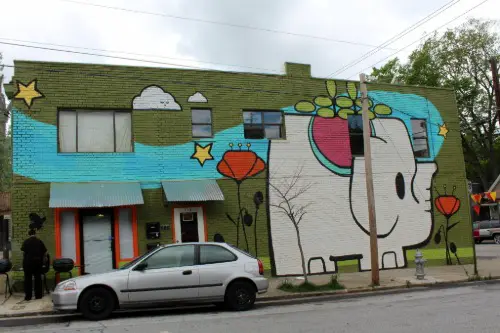
Atlanta says, “hey, affordable”—and often means living east of downtown or outside the perimeter, with lower rents and a modest car commute. But its hot-chicken scene, breweries, and fusion restaurants—especially in neighborhoods like Old Fourth Ward—tack on flavor and cost. You can afford rent, yes—but every time you head to brunch or grab a plate-share at a trendy spot, your budget slinks away. So Atlanta’s affordable talk often skips over your appetite’s demands.
Grocery prices aren’t sky-high, but “Southern comfort food” with modern twists on menus isn’t necessarily cheap. The popularity of farm-to-table joints has made salads and bowls that used to be $8 now $14–16. You’ve secured a great place, but your stomach might demand rent relief to stay calm.
14. Nashville, TN
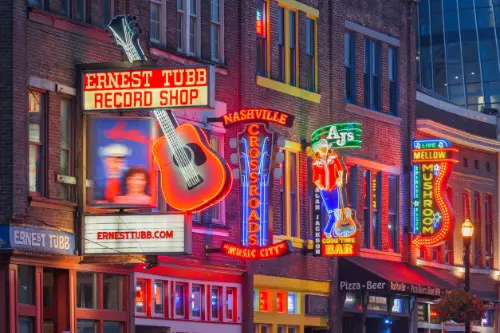
Nashville is touted as affordable if you live in East Nashville or share a pre-war cottage—but music-city magic eats into your budget when it comes to dining. Insta-worthy hot-chicken sliders, meat-and-three joints gone gourmet, and whiskey bars with tasting flights quickly up your food spend. Even a mid-range café latte in a hip neighborhood can challenge your day’s meal budget. So yes, rent may feel light—but Nashville’s food scene often carries a heavy price tag.
Farmers’ markets and “local only” shops look charming—the pricing doesn’t. Anything labeled “heritage” or “artisan” comes with a premium that adds up meal by meal. You can scrape by on rent—but feeding your taste buds? That’s the kicker.
15. Austin, TX
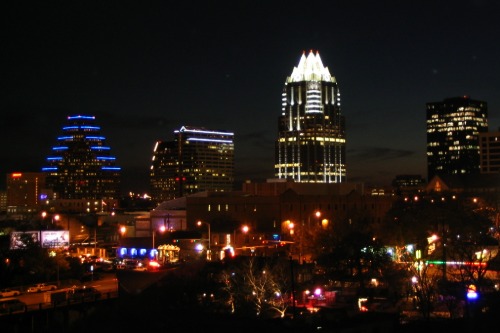
Austin boasts its “Live Music Capital of the World” vibe—and suggests affordable living if you stay on the outskirts or in house-shares. But BBQ, barbecue tacos, and craft-beer happy hours, plus always-on-the-go food trailers, can make your food budget feel like live-concert pricing. A day of Tex-Mex and breakfast tacos can rival a night of drinks, and you’ll feel it. So rent might be doable if you shack up outside Zilker—but most days, eating in ATX will test your reserves.
The grocery stores in Austin aren’t cheap when it comes to organic or local labels, and your kombucha-drinkin’ crowd doesn’t let you forget it. Flour-and-rice-heavy tacos are still tacos, but those lines at Veracruz or Torchy’s come with a price. You can enjoy an affordable workstation or co-living commune—but your palate might not let you pretend it’s all easy.
This post 15 Cities That Market Themselves as “Affordable” But Only If You Don’t Eat was first published on American Charm.


